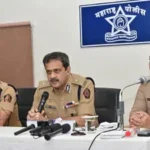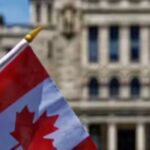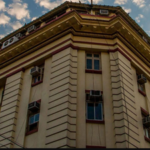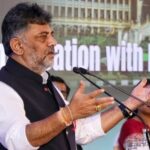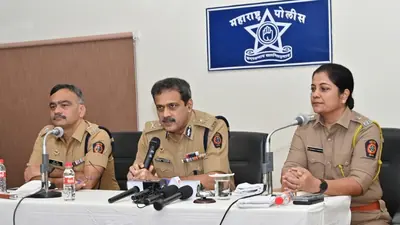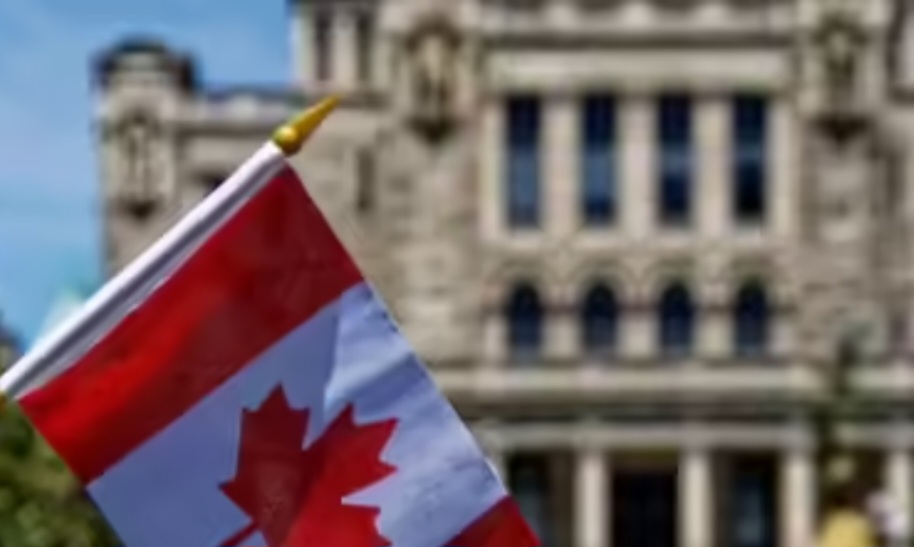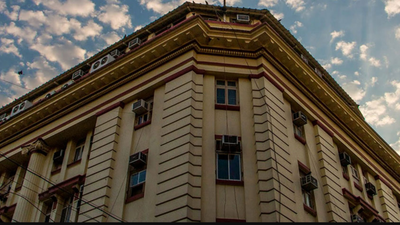Himalaya Harbinger, Rudrapur Bureau
Former Prime Minister Manmohan Singh passed away on Thursday. He was admitted to AIIMS in Delhi late in the evening after his health deteriorated, where doctors declared him dead. He was 92 years old and was ill for a long time.
A distinguished economist and statesman, Dr. Manmohan Singh was India’s 13th Prime Minister, serving from 2004 to 2014, as well as Finance Minister when he helped shape the nation’s new economic policy at the dawn of the early 1990s.
Early Life And Academic Excellence
Dr. Manmohan Singh was born on September 26, 1932, in Gah, which is currently in Pakistan, and education started at Panjab University followed by Oxford and Cambridge where he received his doctoral degree in economics. Dr. Manmohan Singh was an advisor to the Indian government, with several tenures at institutions, such as the Reserve Bank of India and the Planning Commission, that show off a deep understanding of economic theory with a profound basis.
Role Of Dr. Manmohan Singh And The Economic Reforms Of 1991
His most defining contribution was in 1991, when he, as the Finance Minister under Prime Minister P. V. Narasimha Rao, led India to economic liberalization. Presented with a balance of payments crisis, India was on the verge of default and the future of the economy was quite uncertain. It was during Dr. Manmohan Singh’s visionary policies that India ventured into the new economic world of devaluation of rupees, removal of trade barriers, and promotion of FDI or foreign direct investment.
He dismantled the license raj, which had strangled business growth for decades, ushering in an era of privatization, deregulation, and greater integration with the global economy. His role in shaping these reforms was pivotal in transforming India from a closed, inward-looking economy into one of the world’s fastest-growing markets. Dr. Manmohan Singh’s economic reforms laid the foundation for India’s emergence as a major player in the global economy in the following decades
Prime Ministership: Navigating India Through Testing Times
Dr. Manmohan Singh’s Prime Ministership, spanning 2004-2014, was characterized by remarkable economic growth on the one hand and grave challenges on the other. He steered India into an average annual GDP growth rate of about 8%, fueled by domestic consumption, a growing middle class, and increased global trade.
He initiated many ambitious programs, including NREGA, a National Rural Employment Guarantee Act, to overcome the problem of rural poverty and unemployment. His initiatives for social welfare programs brought about a change in the lives of millions of Indians, especially the poor and downtrodden section of society. Moreover, his period saw the wonderful expansion of India’s infrastructure, which included the improvement in roads, telecom networks, and power generation capacity.
However, the leadership of Dr. Manmohan Singh was also criticized. His administration was always accused of policy paralysis in the last half of his second term with corruption scandals marring the reputation of his government. Still, there were never questions of personal integrity and a calm measured approach to leadership that characterized Dr. Manmohan Singh. He was known for his humility, honesty, and ability to build consensus in a very diverse and often fractious political landscape.
